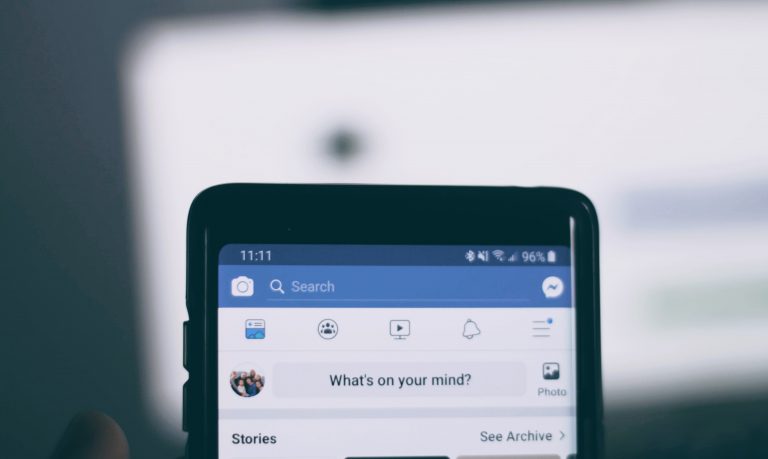The COVID-19 pandemic has revealed many systemic problems in the healthcare industry—from policies to hospital management. Frontliners have been forced to bear the strain of this pandemic, and many hospitals have had to change operations to meet the incredible influx of patients.
With the winter months upon us, a second massive wave of sick and infected individuals might threaten hospitals yet again. Primary and community care are facing the onset of an incredible workload. This phenomenon has already begun to loom in Europe, and the USA is set to follow soon with even worse numbers.
Primary care now has to contend with the challenge of dealing with patients with other conditions, in addition to the boom in demand for seasonal flu vaccinations. Not only that, but those who suffer season coughs and cools are set to overcrowd hospitals yet again.
How, then, can many of these clinics and GPs mitigate the added risk from the increased foot traffic in their facilities? How can the healthcare industry deal with all these medical concerns— COVID-19 included—without increasing the risk of transmission within hospitals and other medical facilities?
Hospitals have to adopt a form of digital communicatio
Most hospitals use a text or beeper system to send out information, but any doctor can tell you that there are often more pathogens and germs on phones than there are on toilet seats. This problem is even more apparent now that many hospital staff members are forced to be in PPE at all times. Phones and beepers are proving inefficient.
This is why some hospitals have already adopted a digital form of communication through the use of wireless headsets. Phones have been replaced with hands-free headsets, reducing the amount of contact and helping stem the spread of germs and pathogens. With free use of their hands and their devices kept safely away from possibly infected patients, healthcare professionals are kept much safer.
Real-time digital communication can also be used to address hospital issues in real time. Emergency situations can be better handled so long as clear lines of effective communication are maintained.
Every alleviation of risk must be taken
While this solves only a few of the problems in the healthcare industry, this does alleviate a certain amount of risk that our beloved frontliners face. With doctors exposed on the daily to patients infected with COVID-19, it is important to keep them as safe as possible. After all, the more medical professionals succumb to this disease, the greater the chance that the health of the general populace will collapse.
Final thoughts
Having a wireless, hands-free digital communication system can not only help protect frontliners from infections, but it can make hospital management more efficient and effective. It can help address incidents in real time and allow medical professionals to manage the tide of patients that are set to flood hospitals in winter.
An additional benefit is that it can maintain meaningful lines of communication between hospital staff and possibly raise and improve their morale, which is something that everyone everywhere sorely needs at the moment.
For more news on trends in the healthcare industry, send us a message at Dose of Healthcare. We can help you stay up to date with all the right information, which is necessary now more than ever.



















